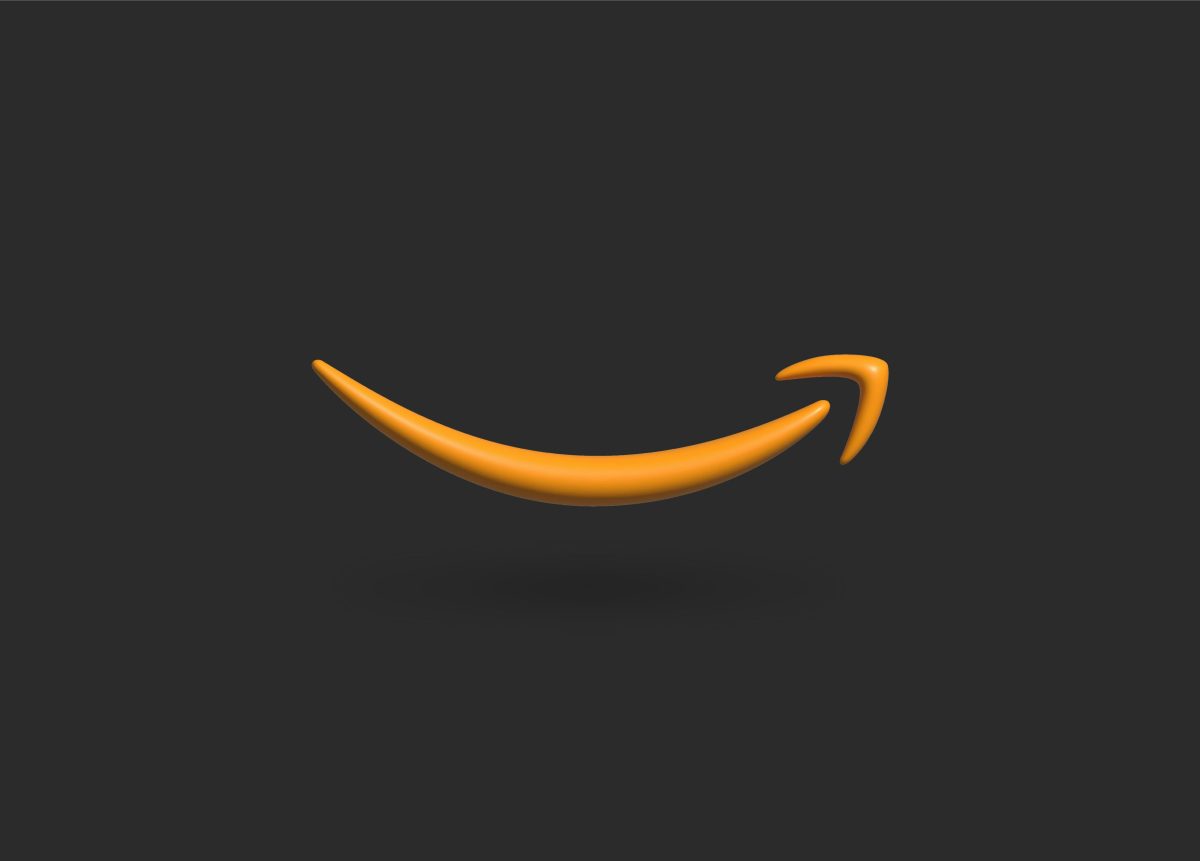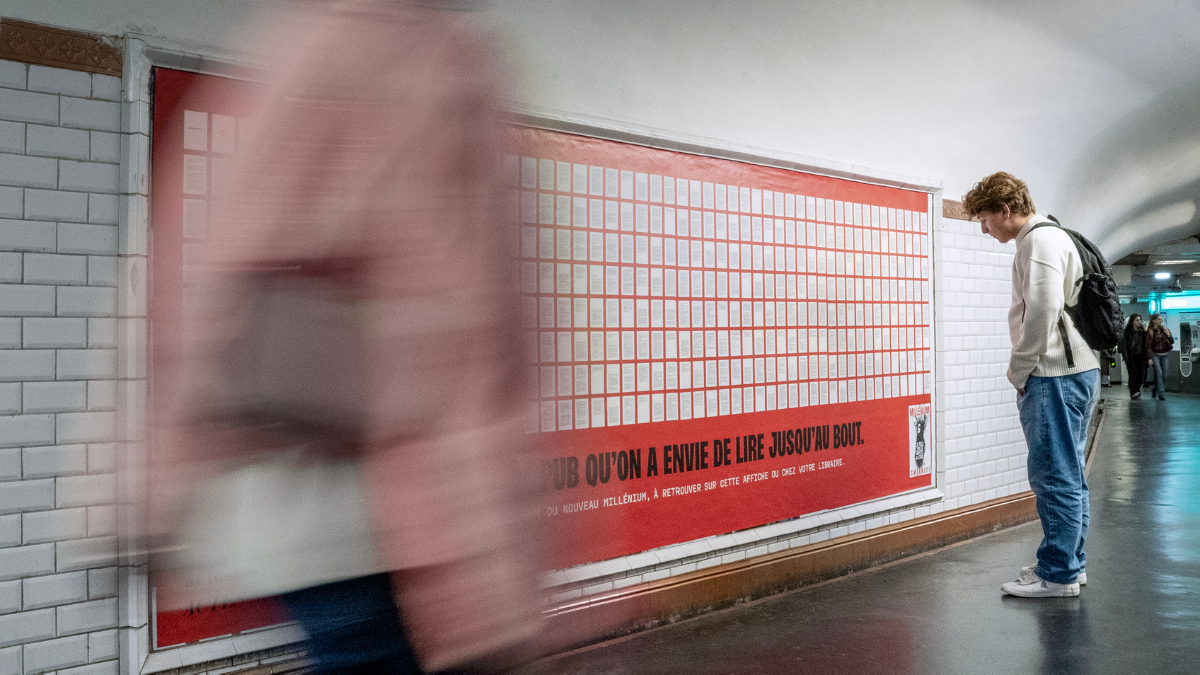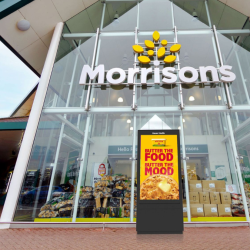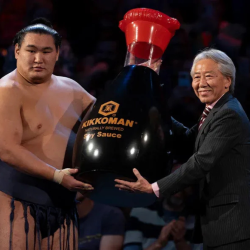Amazon is offering media agencies up to $250,000 in bonus video spend for trying its demand-side platform (DSP), Digiday reported last week.
The company has also cut tech fees for some buyers, and one indie agency now has four Amazon reps chasing its non-endemic clients, according to the article.
It’s Amazon trying to turn its DSP into the default choice by doing what it does best — sacrificing its margin.
It’s supermarket logic applied to programmatic: lower the cost to pull spend into more profitable parts of the stack. A classic loss-leader strategy, repackaged for ad tech.
In fairness, it appears to be working. Prime Video ad spend is up, increasing from 26% to 36% in Q4 2024. More of the money is flowing through the DSP, and smaller advertisers are leaning in. Amazon has refreshed its DSP interface and, for budget-conscious buyers under pressure to deliver performance, a cheaper, smoother platform with access to premium inventory is a persuasive sell.
But the pitch only works if you believe the market benefits from Amazon winning. That’s where things get awkward because, while some agencies may welcome the savings, the knock-on effect starts to resemble something closer to that of predatory pricing.
When a company with Amazon’s resources decides to compete on cost, it sets a price floor that others can’t sustainably match. DSPs such as The Trade Desk or Google’s DV360 aren’t minnows, but they don’t operate with the same scale or cross-division profitability that allows Amazon to subsidise growth through AWS or retail media.
If they follow Amazon down the pricing ladder, it could mean fewer service reps, weaker tooling or less incentive to innovate. If they don’t, they risk becoming the pricier option in a price-sensitive market.
There’s a reason loss-leader tactics work in retail. In some US supermarkets, a cooked rotisserie chicken costs less than a raw one; not for margin, but to get shoppers through the door, where the real money’s made purchasing more profitable products.
In Amazon’s case, the ‘store’ is its ad tech stack — DSP, CTV, retail media and the Prime Video front window. The logic is to let the DSP bleed and make it up elsewhere. But that only works if the rest of the ecosystem survives the pressure.
Amazon, of course, has answers. It’s expanding access to streaming platforms like Disney+, Paramount+ and Max, using the same targeting and measurement tools as Prime Video. It’s ramped up reseller access to lower the barrier for small advertisers, and it’s pairing commerce data with CTV buys in a way that’s tough to replicate.
And yet — for all the structural ambition — usage doesn’t always equal reliance. Many advertisers still see the DSP as a bolt-on to search or sponsored listings, not a standalone solution. Proving incrementality beyond Amazon’s own walls remains a challenge. As Shray Joshi, founder and CEO of Good Peeps points out, it’s often easier to spend more on upper-funnel search than justify a DSP test without clean ROI.
That problem cuts to the heart of the play. Amazon wants to become the preferred partner for brand budgets, not just the final touchpoint for retail spend. But to do that, it needs buyers to see its DSP as more than a discounted entry point. And so far, it’s not clear that they do.
Which leaves the industry in a bind. If Amazon succeeds, it will have used its weight to reshape programmatic buying in its image: more consolidated, more affordable, but less plural. If it fails, it will have trained buyers to expect incentives and rebates that other platforms can’t match.
Main image by Abid Shah on Unsplash



















